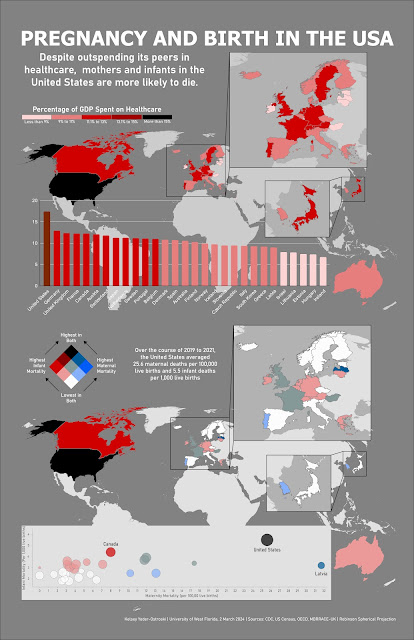Scale and Spatial Data Aggregation

Scale and Spatial Data Aggregation Levels of Detail In spatial data analysis, scale and data aggregation are critical factors that influence the outcome of geographic studies and decision-making processes. Both play a vital role in determining how geographic phenomena are recorded, represented, and understood. Scale Scale in the context of spatial data refers to spatial extent or the level of detail that geographic features are recorded and represented. Scale can be understood as the ratio of what is featured on the map and what occurs in the real world. It is impossible to record every microscopic detail of the land or every nuance of nominal study features. Spatial analysts must determine the level of data smoothing required for a project. In geographic studies, as scale changes, so too do the features of the landscape. The simple map below records water features for the same study area and compares them at three levels of scale. As coarseness increases, smaller feat...





